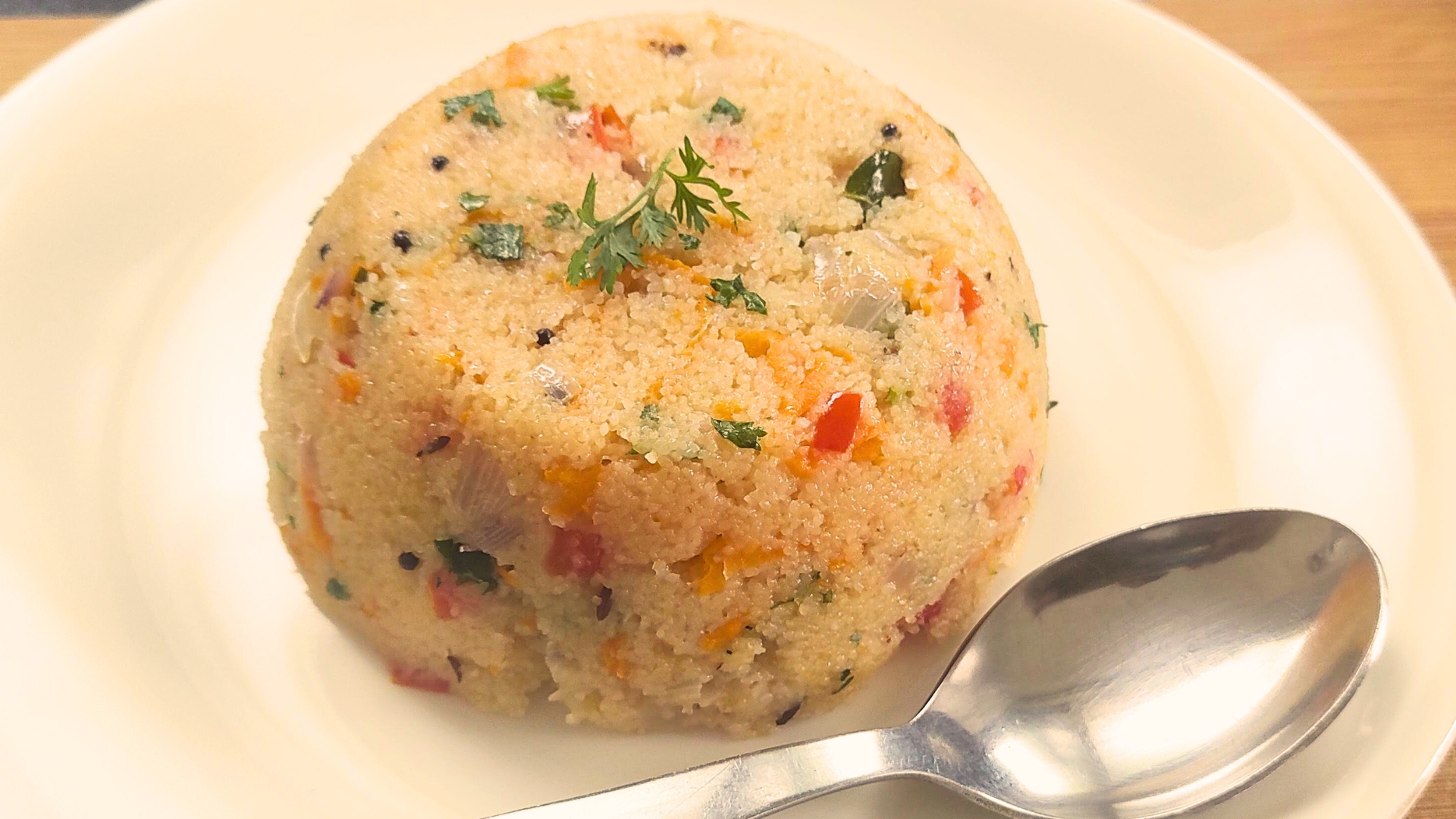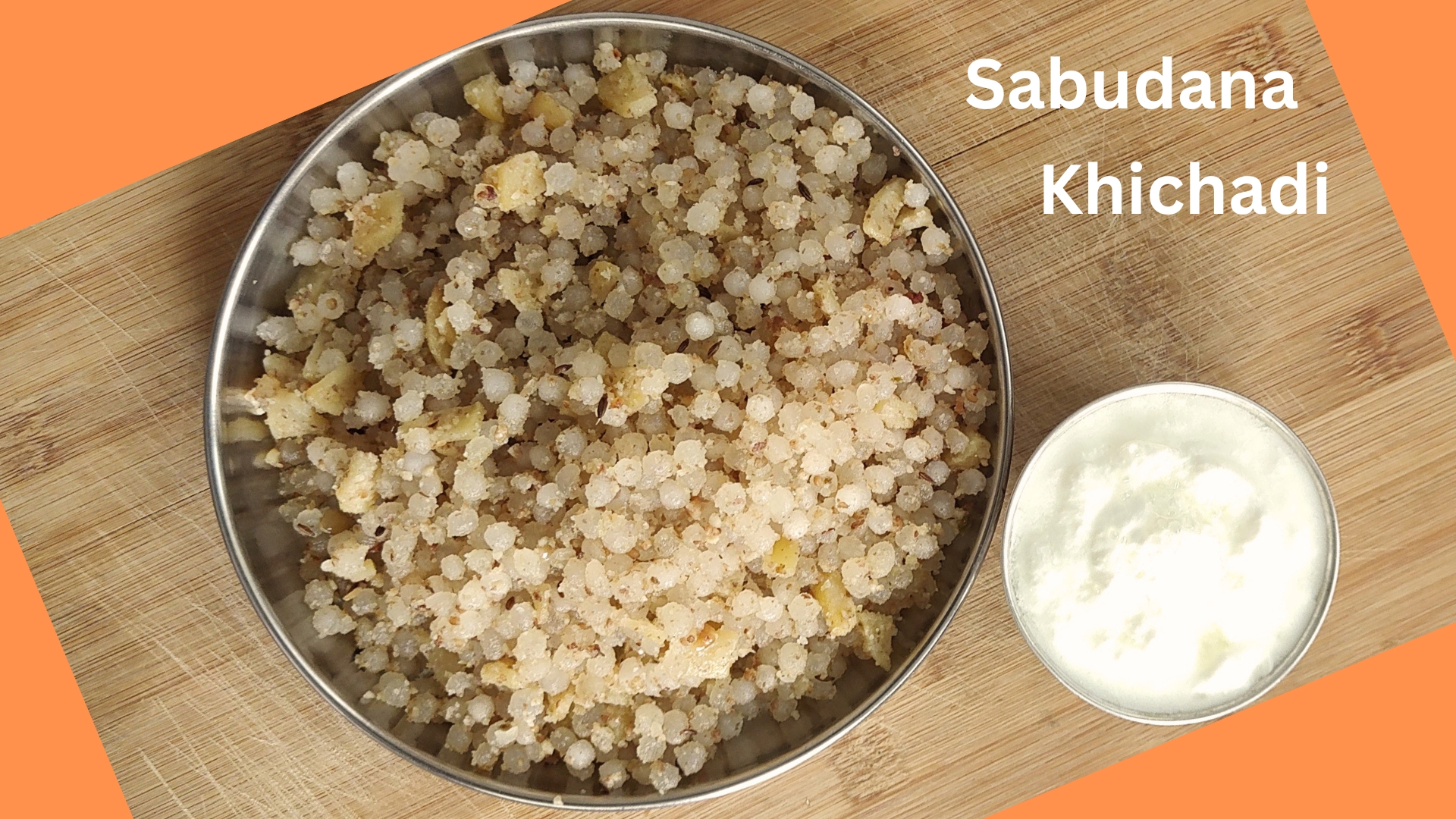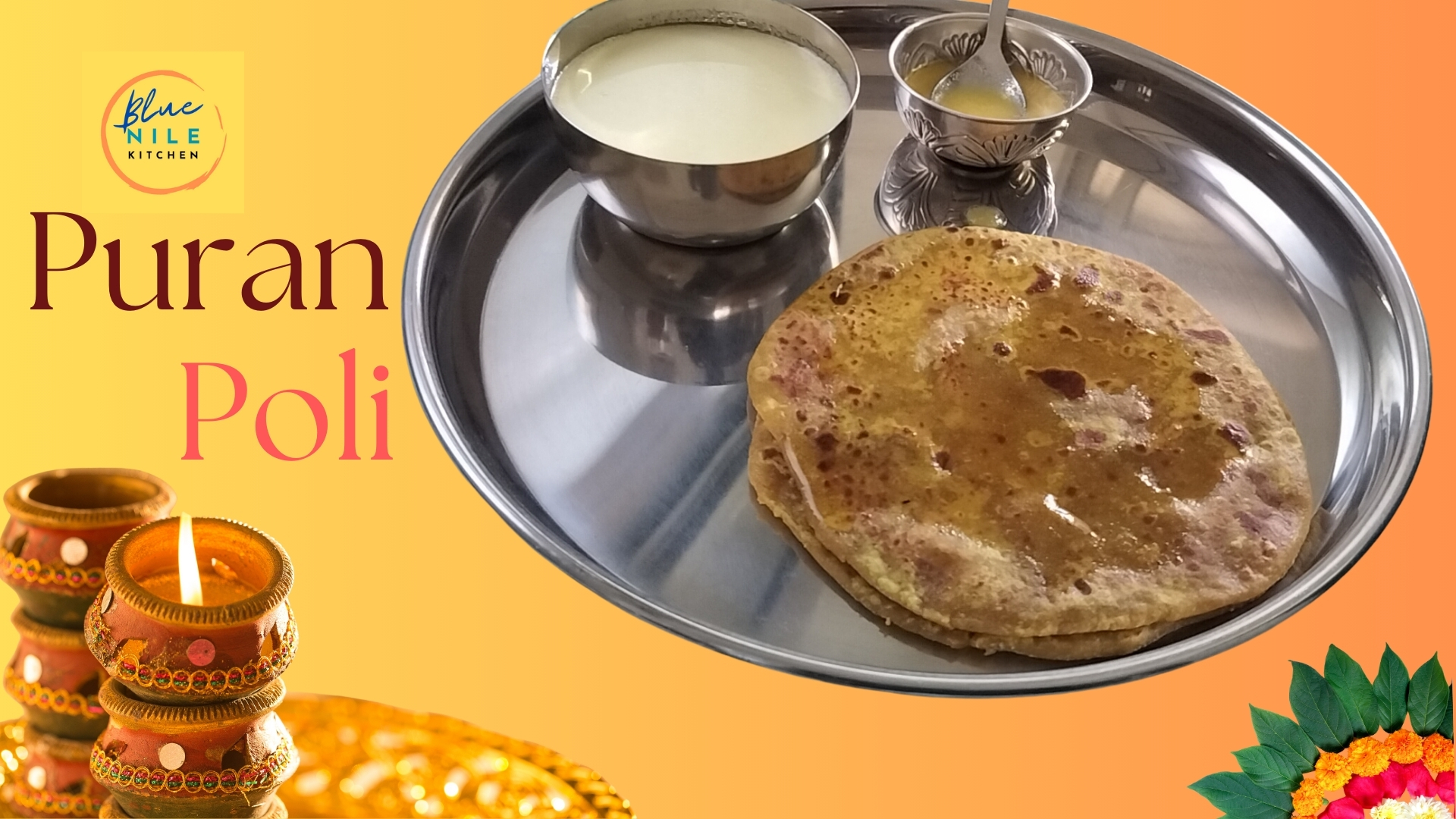Green Onion and Chickpea Flour Sabzi
Introduction Green onion and chickpea flour sabzi, also known as “Besan Pyaaz ki Sabzi,” is a delightful and nutritious dish from Indian cuisine. This simple yet flavorful recipe combines the unique taste of green onion with the earthy flavor of chickpea flour. It’s a quick and easy dish that can be prepared with minimal ingredients, making it an ideal choice for a healthy and delicious meal. Ingredients To prepare green onion and chickpea flour sabzi, you will need: Step-by-Step Recipe for Green Onion Tips for Perfection Serving Suggestions Spring onion and chickpea flour sabzi pairs well with roti, chapati, or any flatbread. It can also be served with steamed rice and a side of yogurt or raita for a complete meal. Common Mistakes to Avoid History and Origin The combination of spring onions and chickpea flour is rooted in Indian culinary tradition. Chickpea flour, known as besan, has been a staple in Indian kitchens for centuries due to its versatility and nutritional benefits. The addition of spring onions provides a fresh, mild flavor, making this dish a popular choice in various regions of India. Health Benefits Variations Regional Cuisines In different regions of India, variations of this dish can be found: Frequently Asked Questions (FAQs) Q: Can I use regular onions instead of spring onions? A: Yes, regular onions can be used, but spring onions give a unique flavor and texture to the dish. Q: Can this dish be made vegan? A: The recipe is naturally vegan as it does not include any animal products. Q: How do I store leftovers? A: Store leftovers in an airtight container in the refrigerator for up to 2 days. Reheat in a pan before serving. Q: Can I make this dish gluten-free? A: The recipe is naturally gluten-free as it uses chickpea flour instead of wheat flour. Enjoy preparing and savoring this nutritious and delicious spring onion and chickpea flour sabzi, perfect for any meal of the day! To know more about green onions click here. Few of our other Trending Recipes: Misal Pav Recipe: A Spicy Delight from Maharashtra Pohe Recipe: A Step-by-Step Guide





